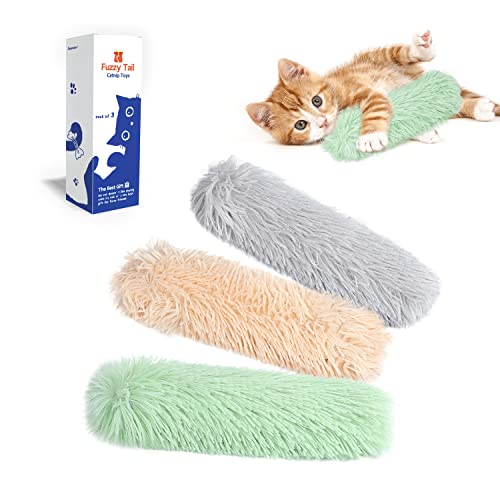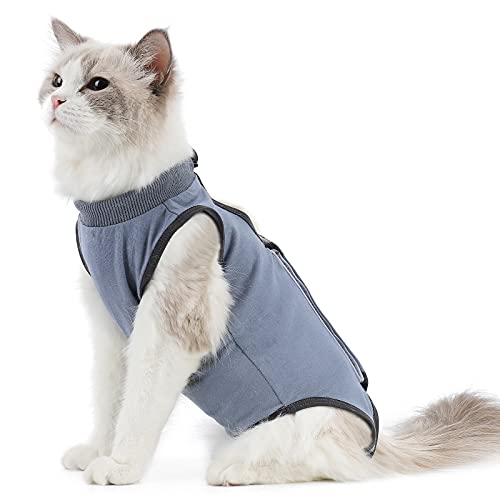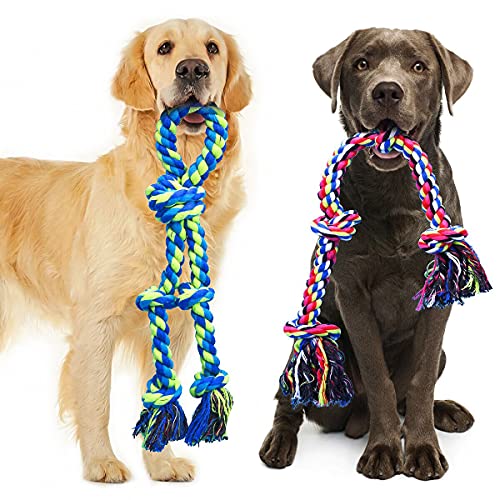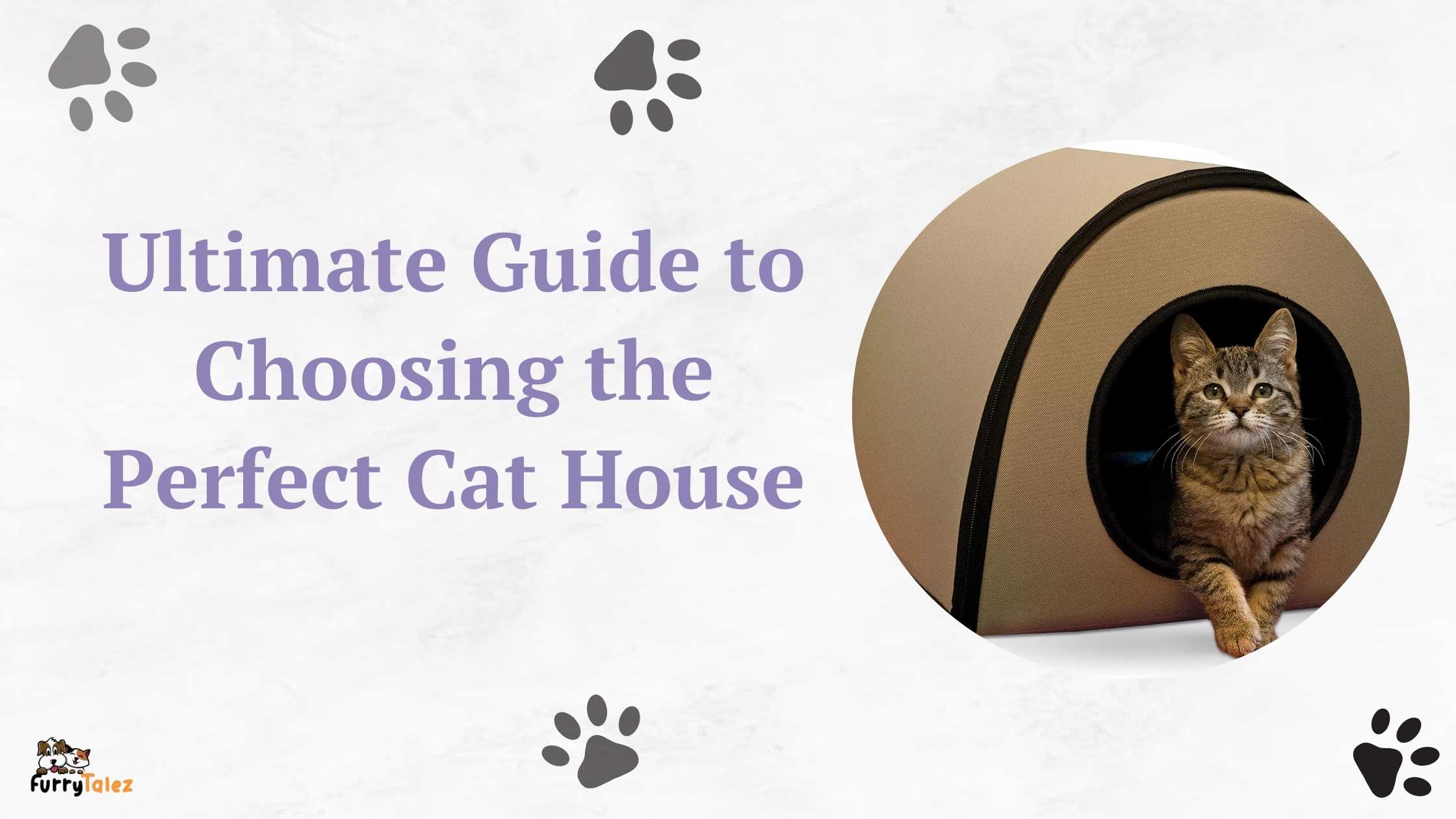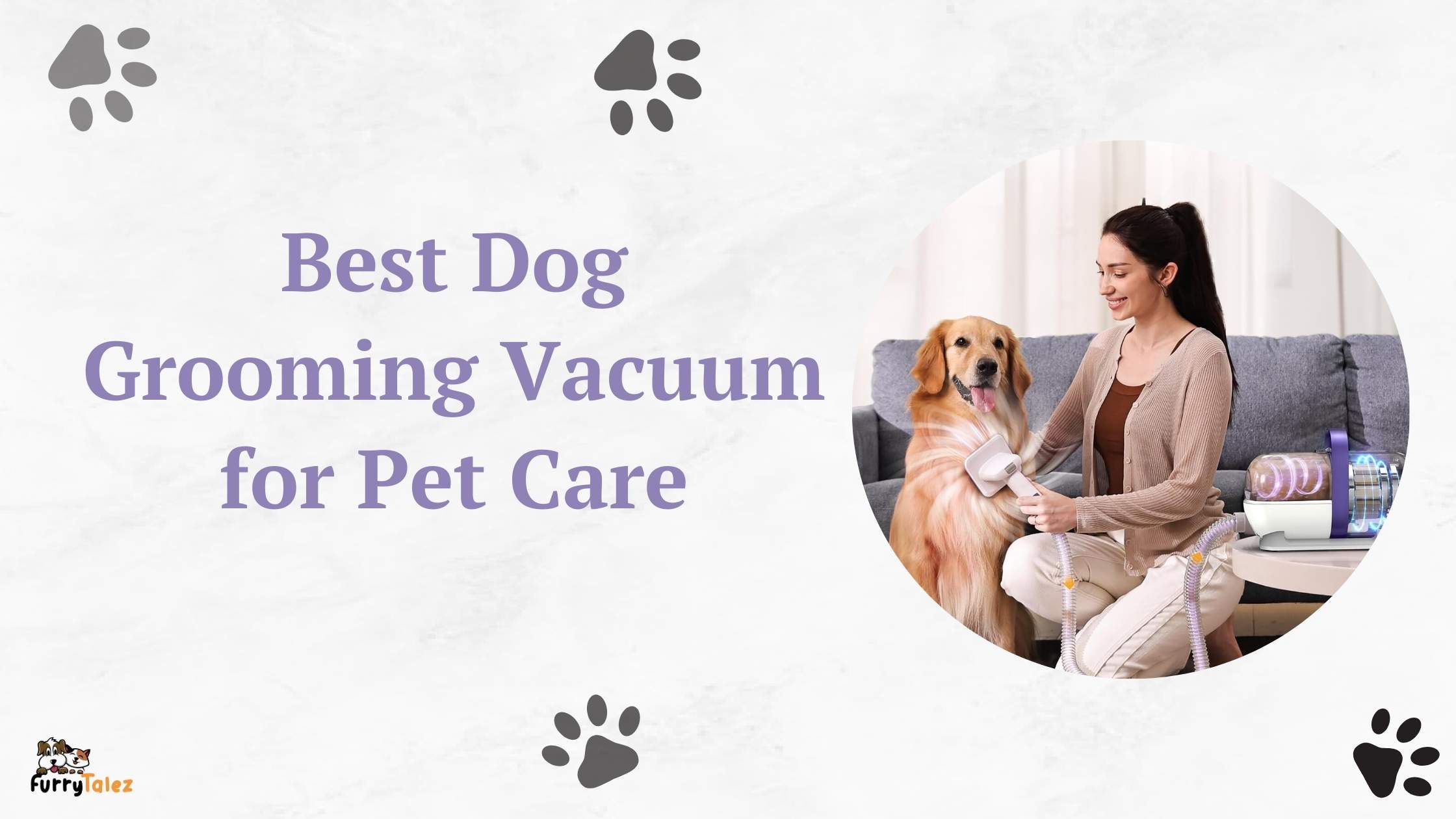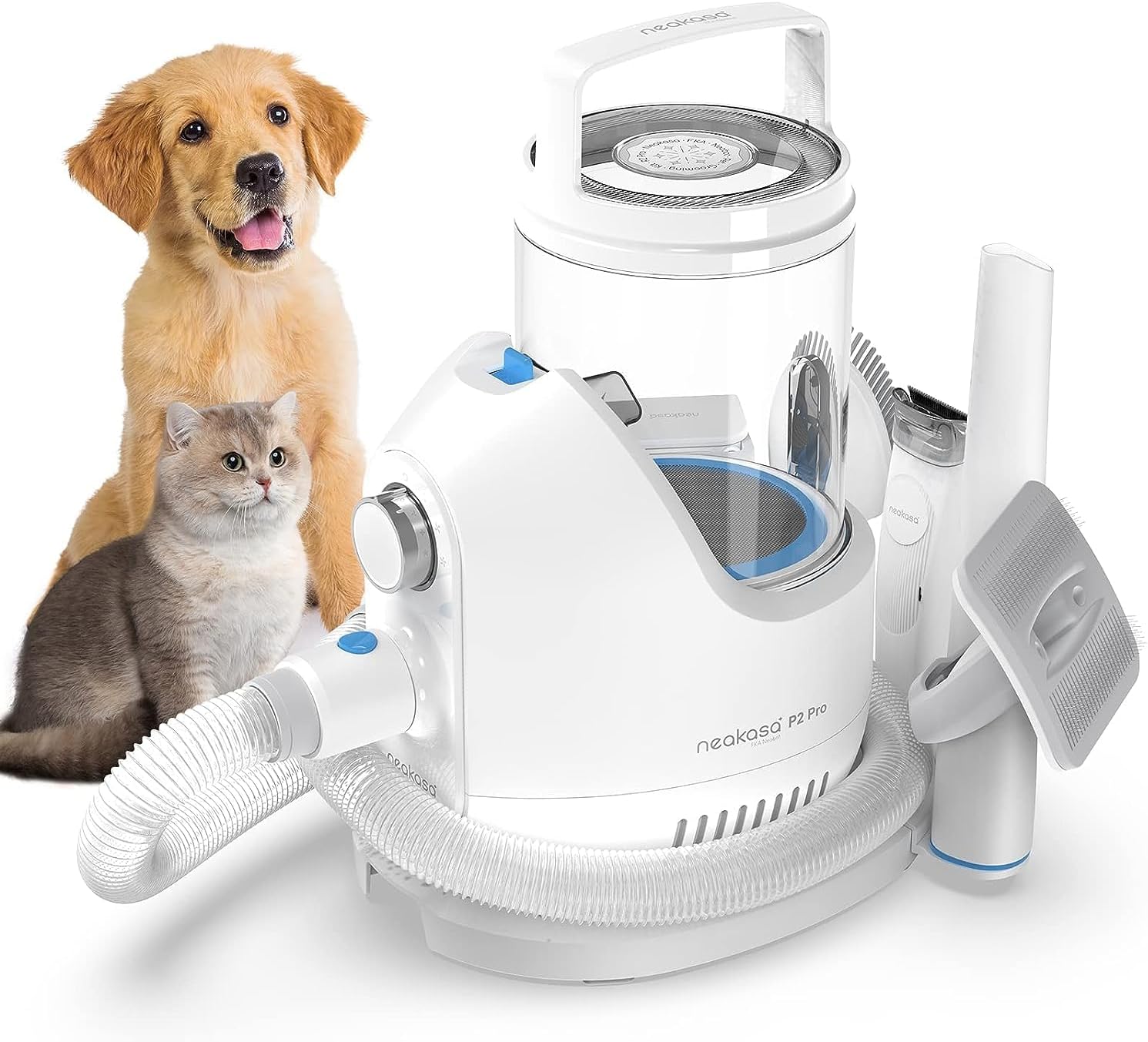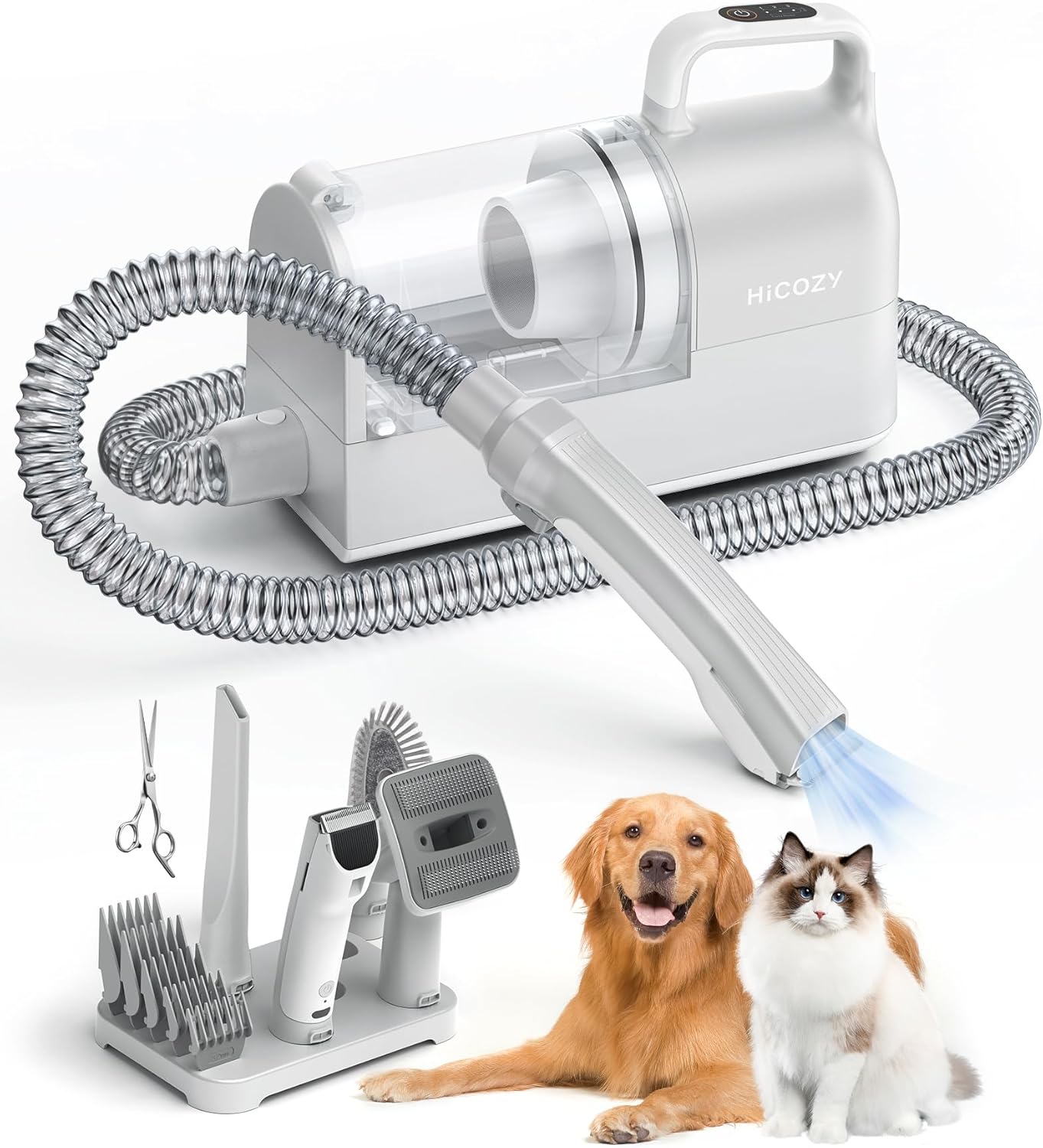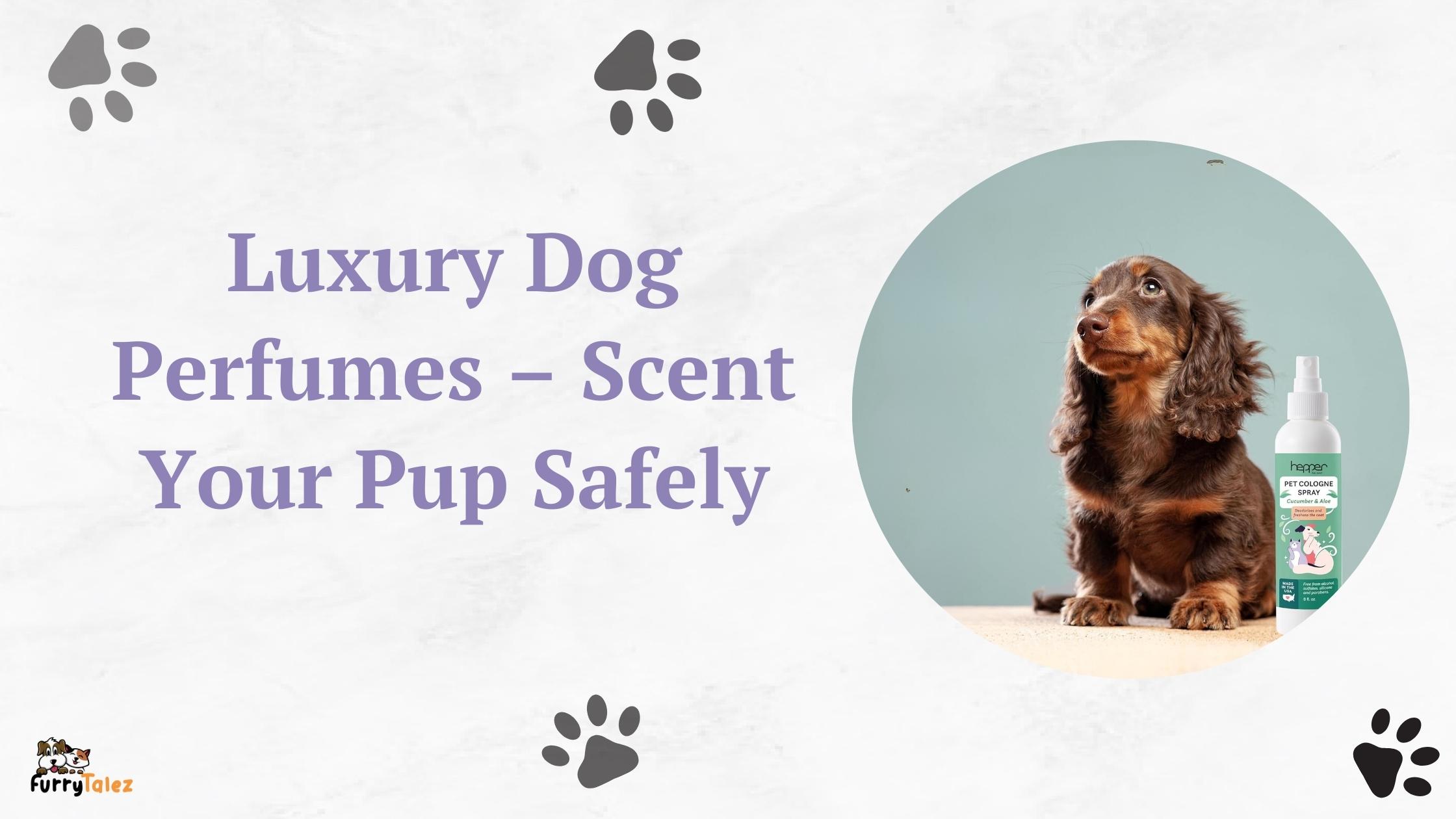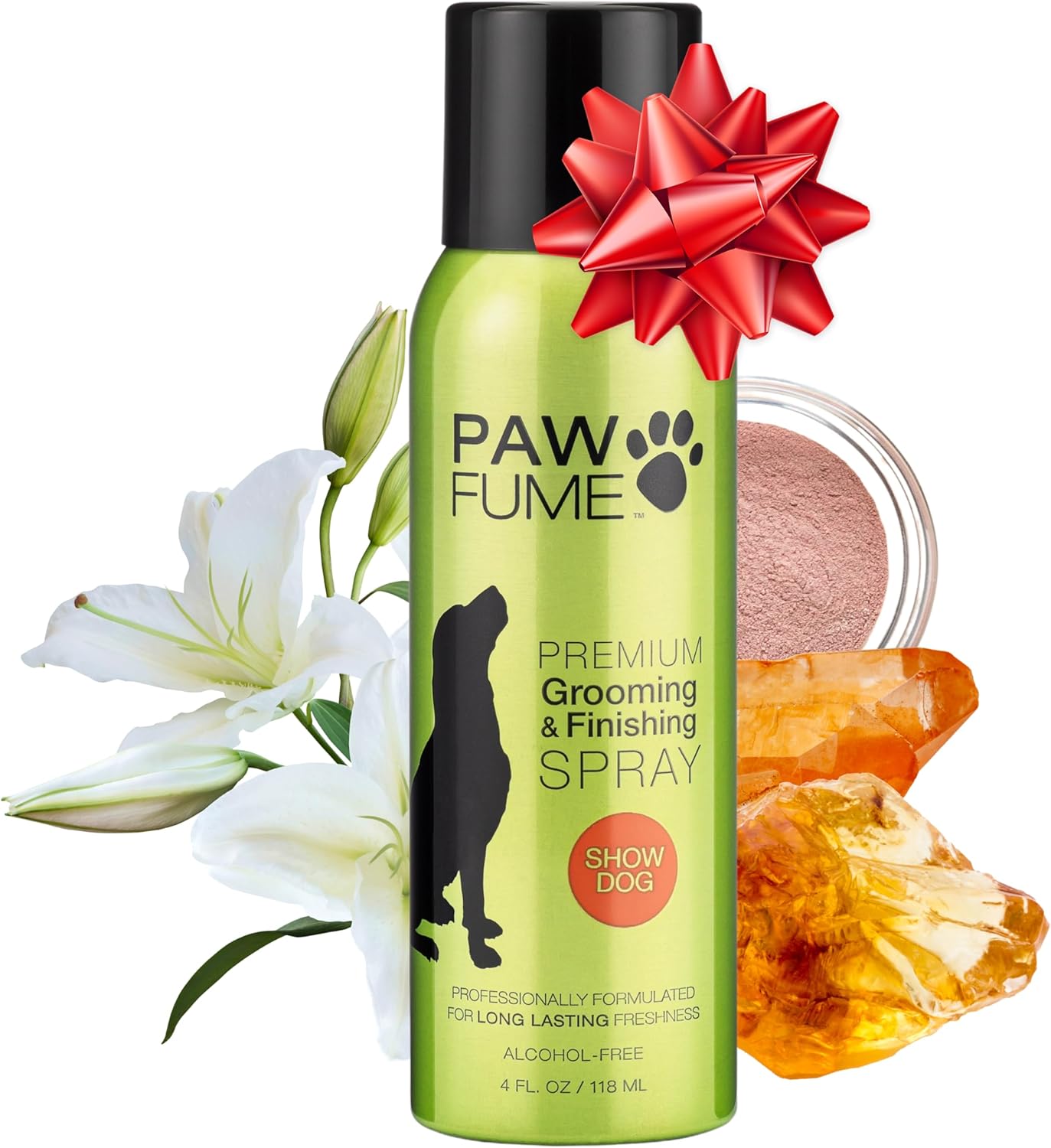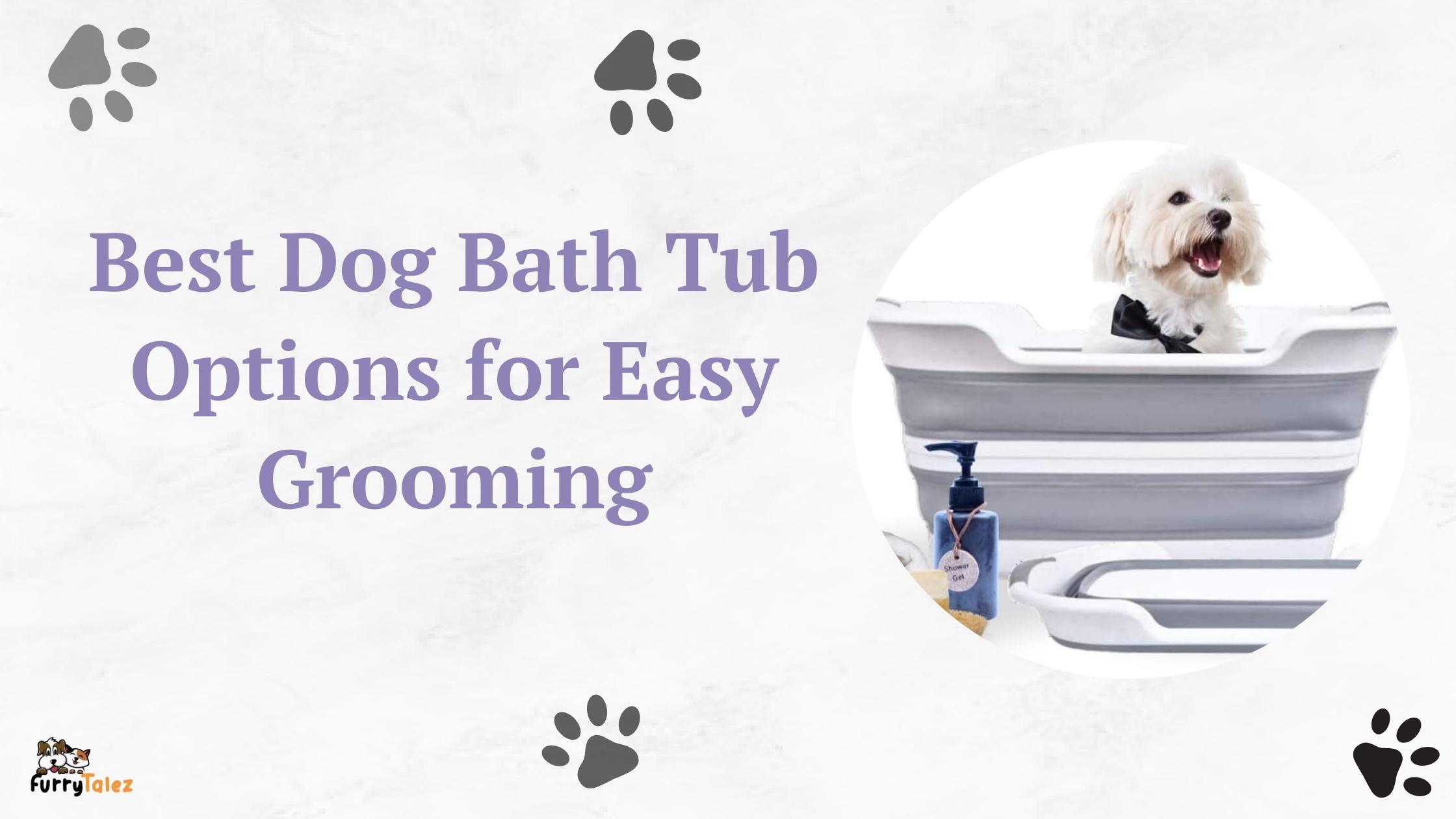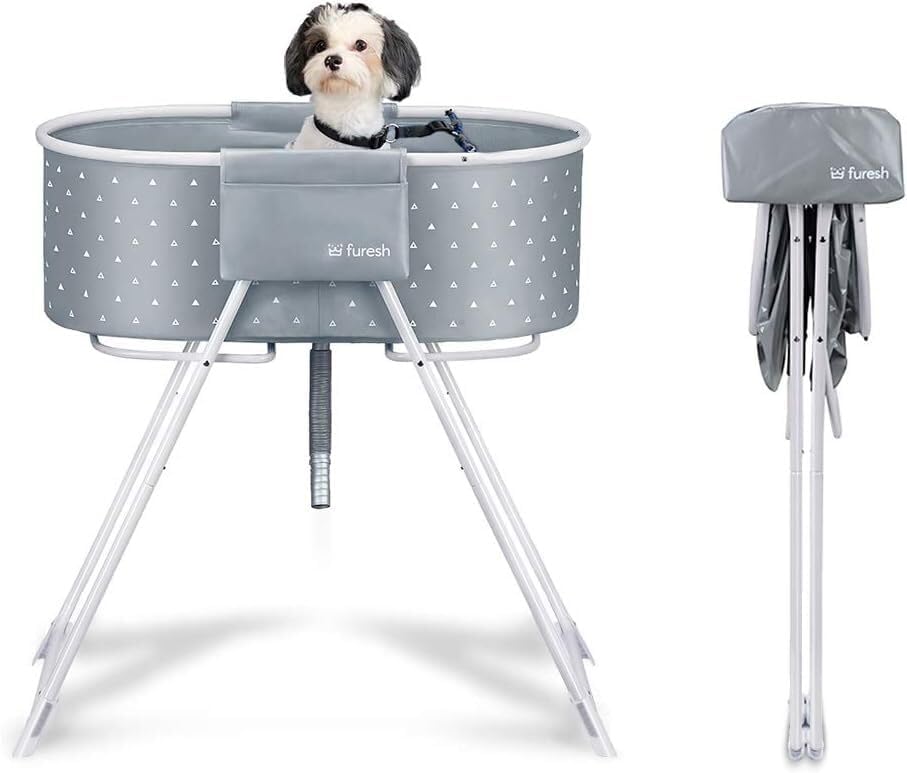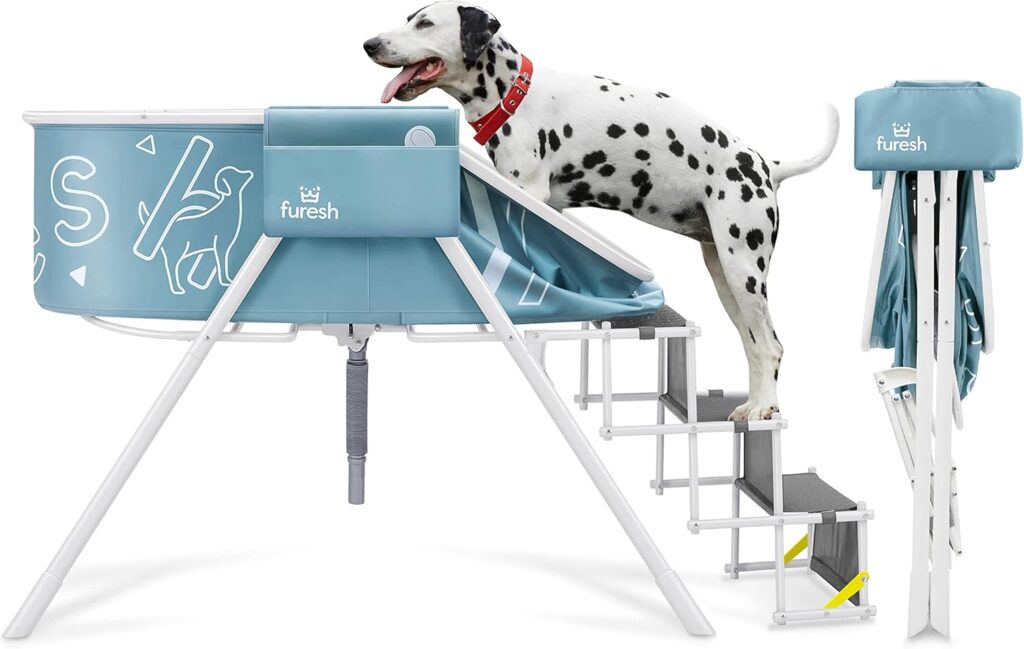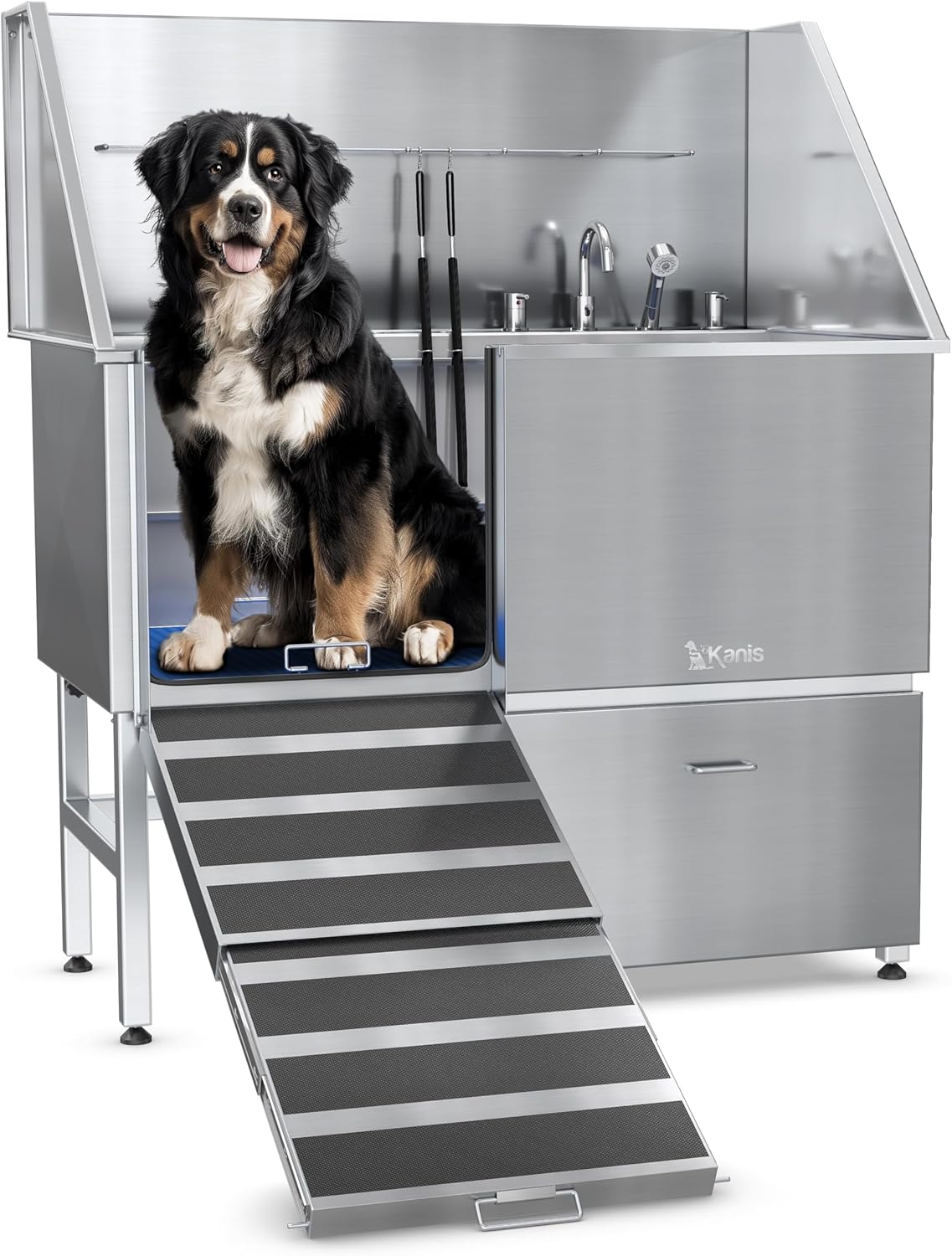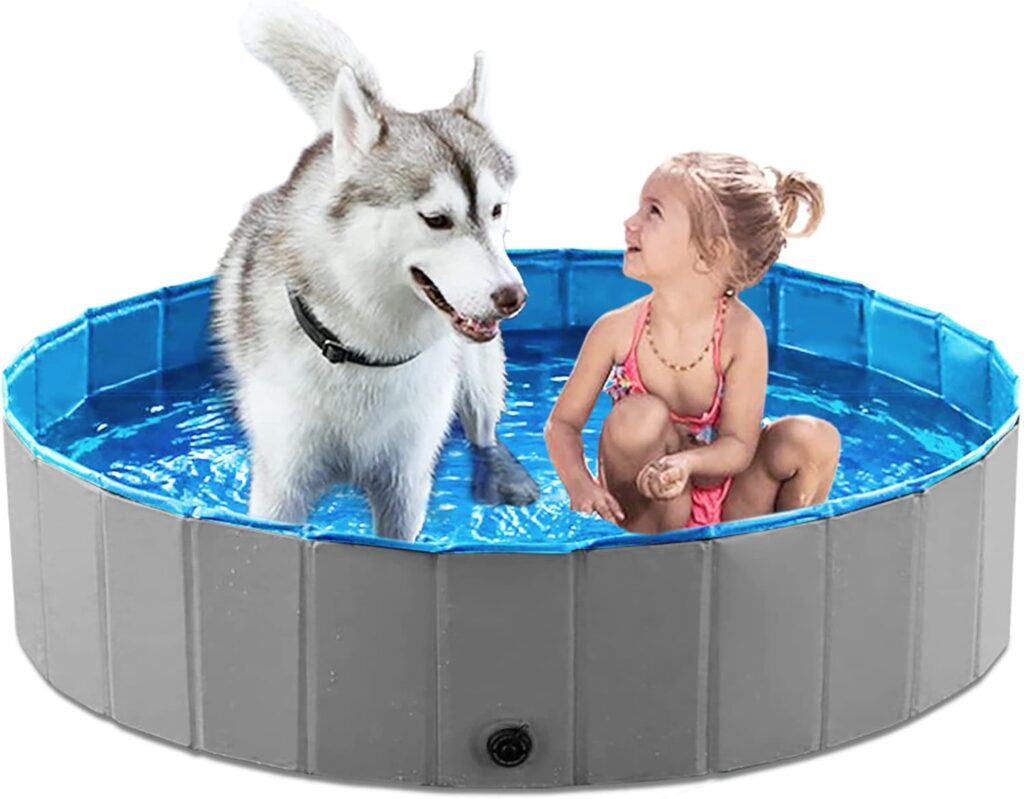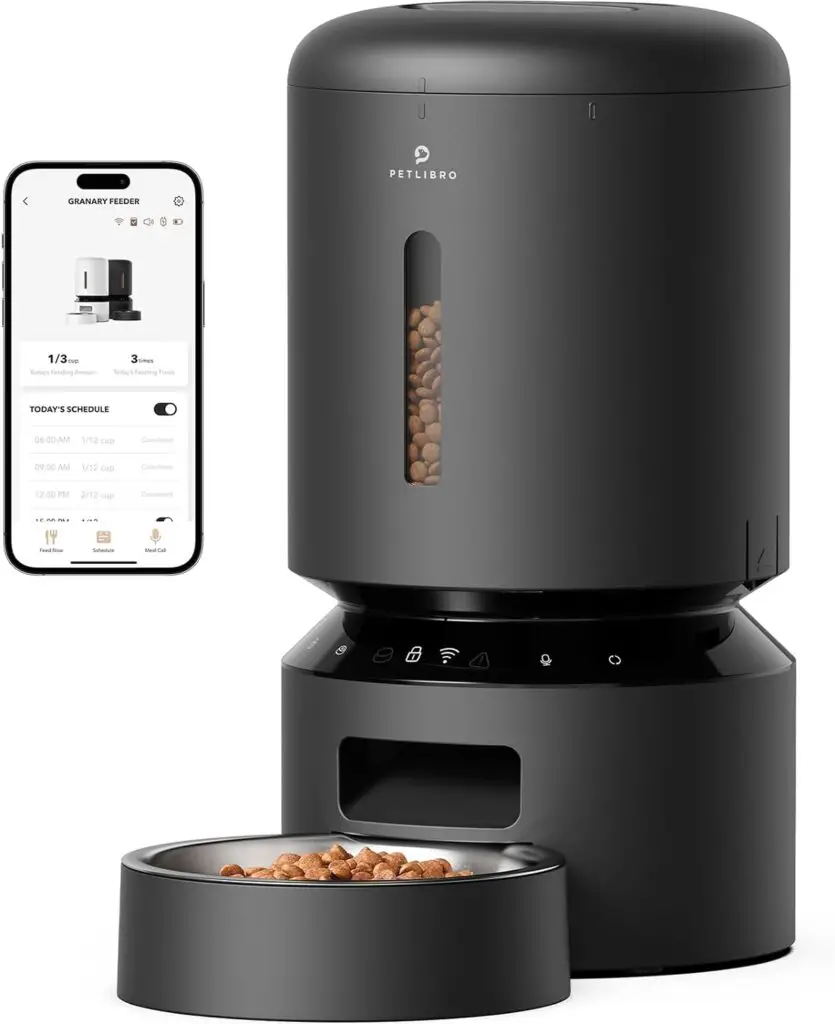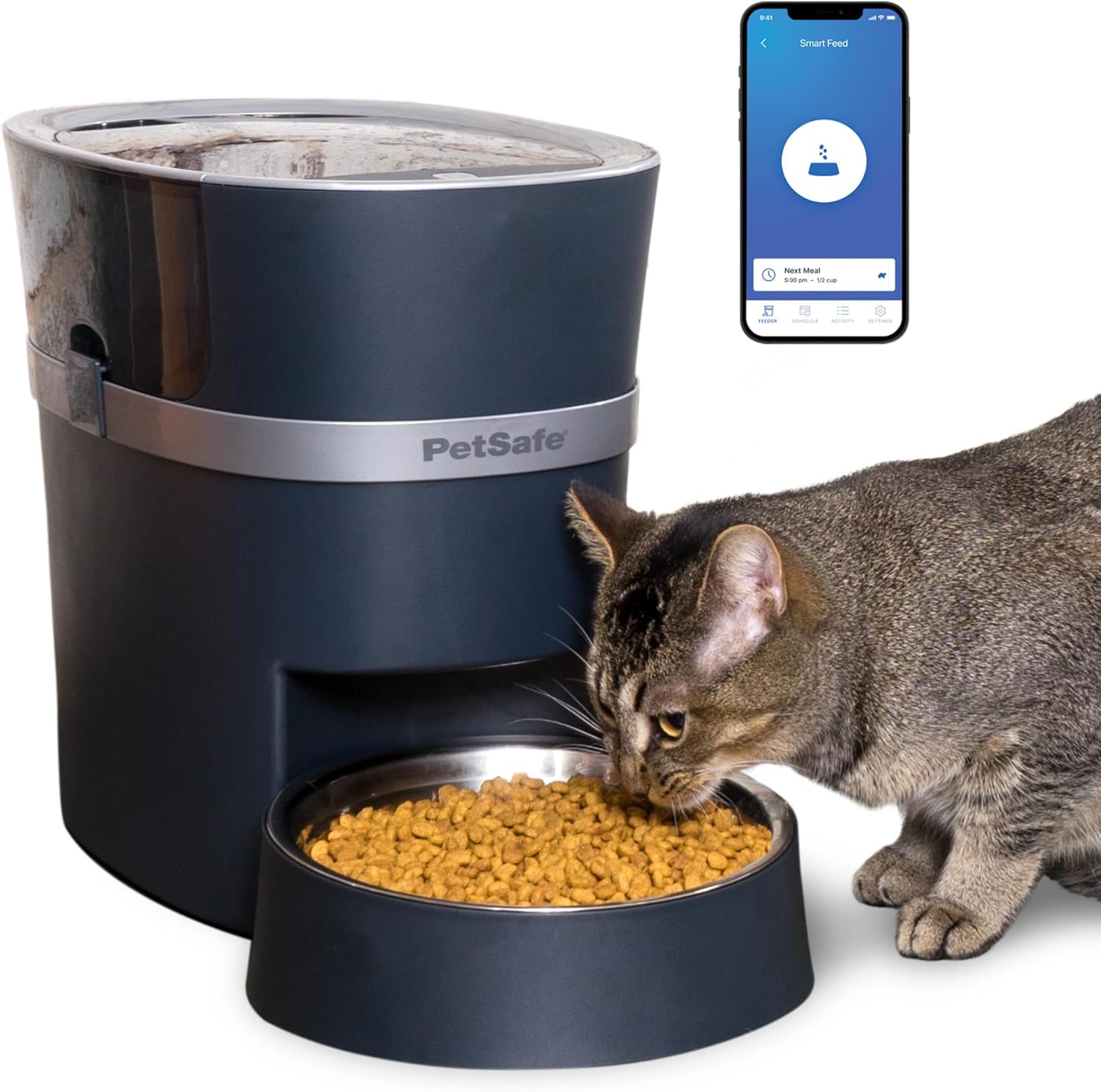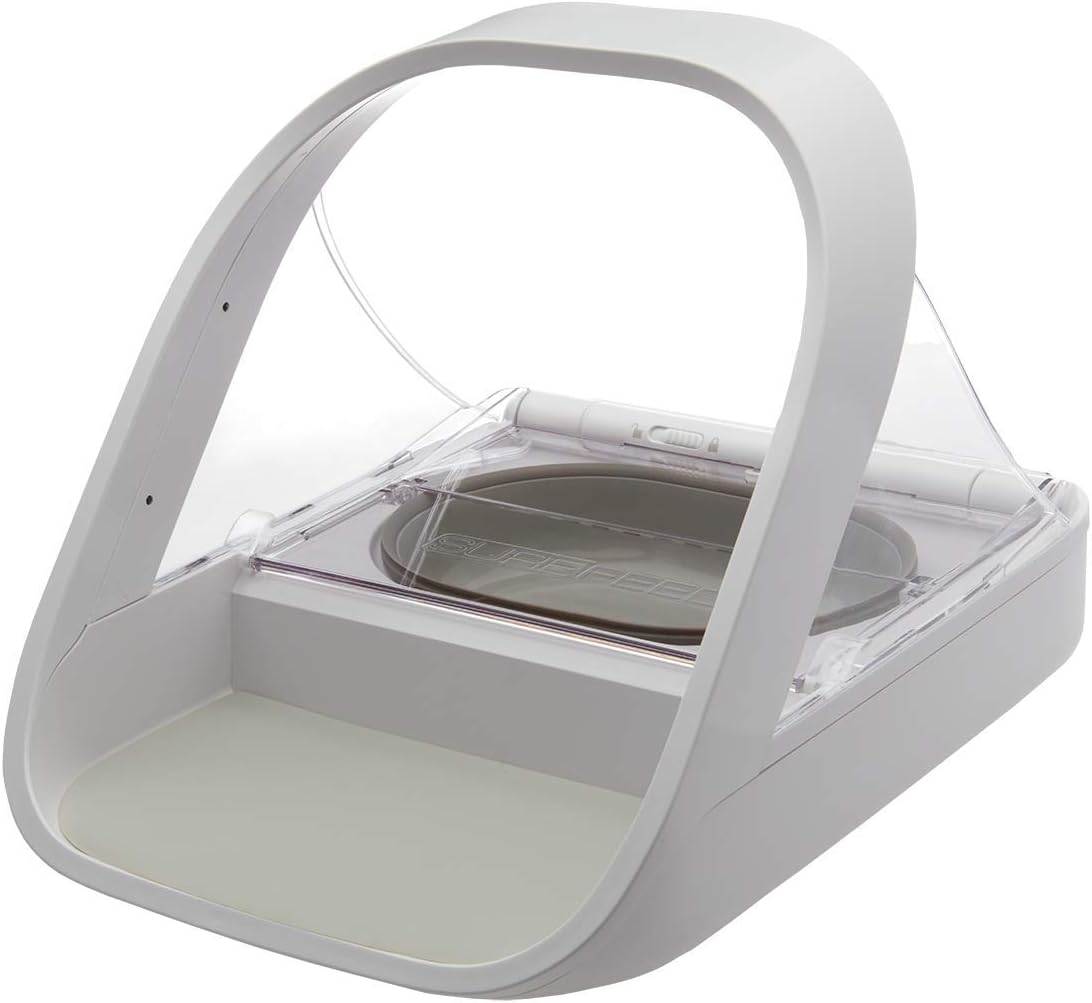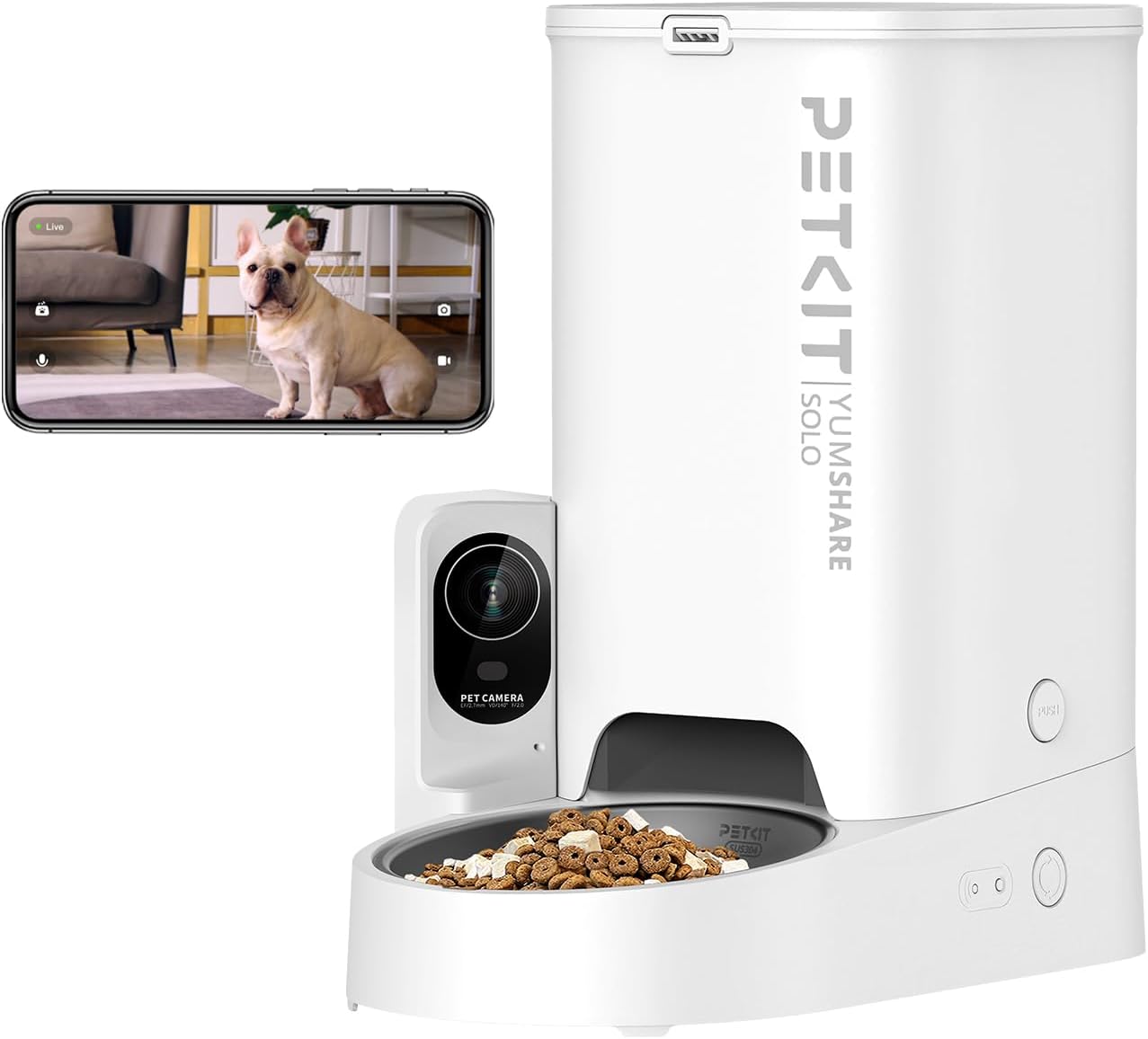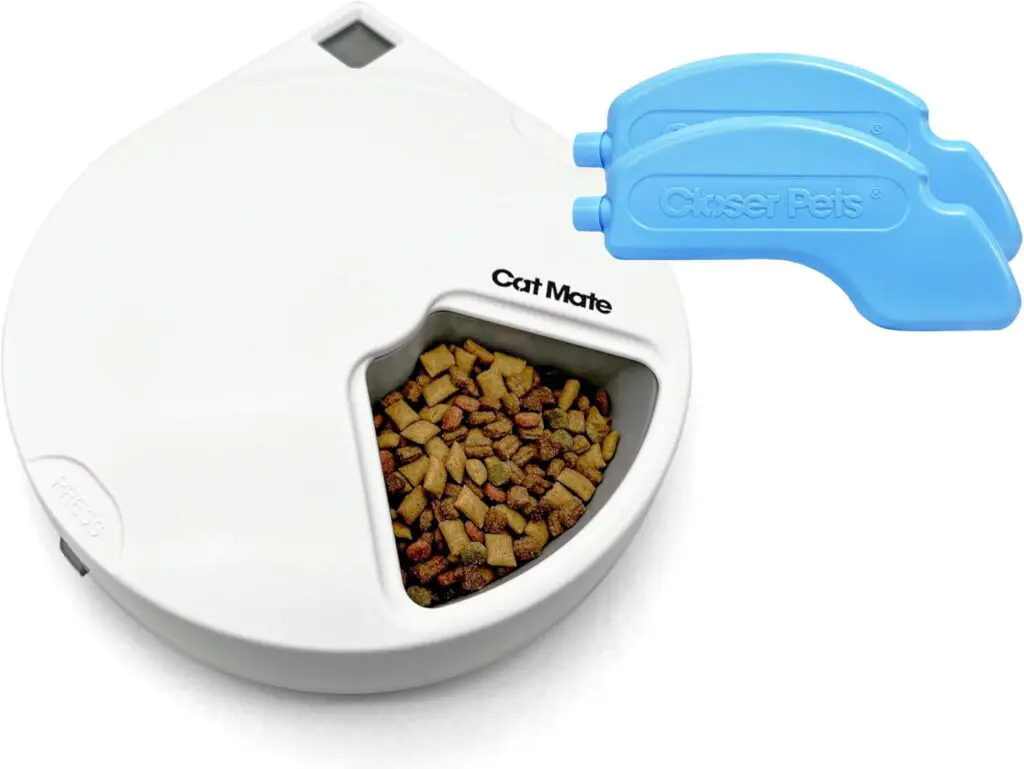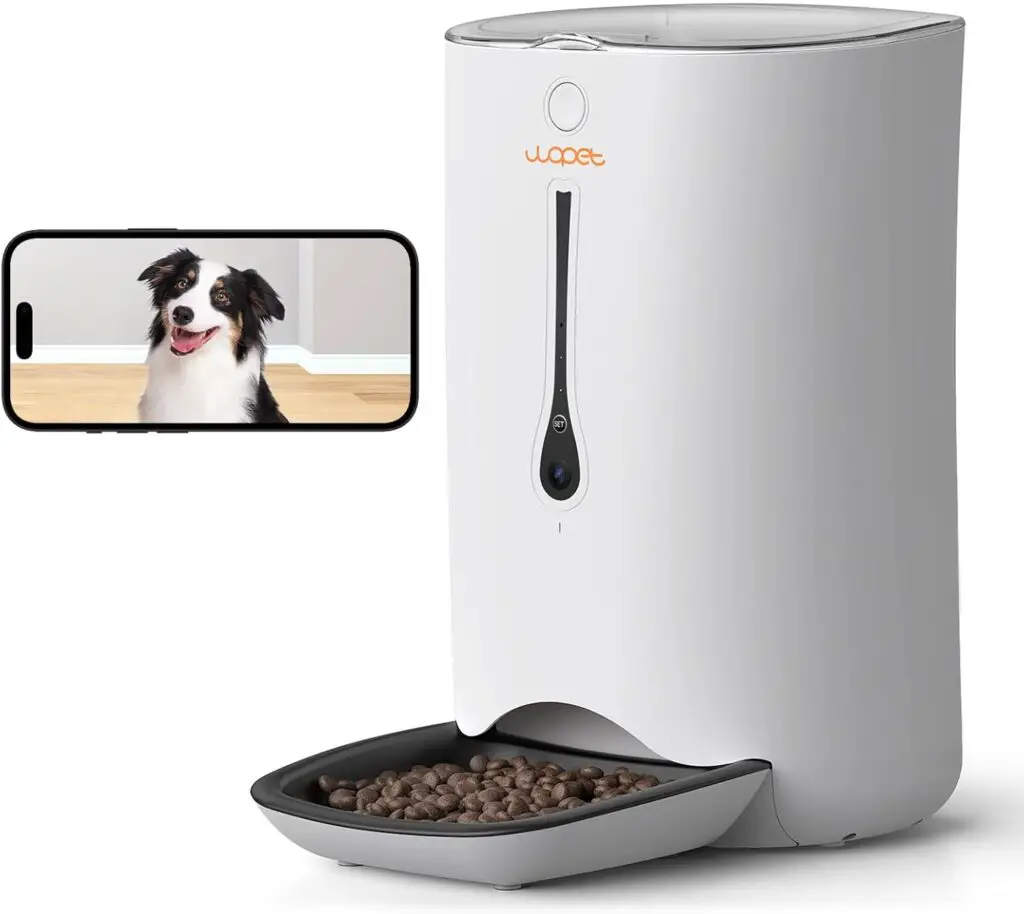Did you know 96% of clients saw a positive impact on their dog’s health with Platinum Performance® Canine supplement? Many dog owners have found that the right supplements make a big difference. These vet-approved dog supplements help fill nutritional gaps in modern dog diets, leading to better health.
As a responsible pet owner, choosing high-quality supplements is key. They help boost your dog’s vitality, extend their wellness, and tackle health issues early. Whether your dog needs support for joints, digestion, or just more nutrition, finding the best vet-approved dog supplements is easy.
Discover a wide range of options to help your pet thrive. Begin your journey to a healthier pet today!
Table of Contents
Understanding the Importance of Dog Supplements
Dog supplements are key because many dog foods don’t meet all nutritional needs. This can cause health problems in dogs. Supplements help keep dogs healthy and happy.
Why Dogs Need Supplements
Dogs need extra nutrients based on their age, breed, and health. Supplements with vitamins and minerals can improve their life quality. For example, fish oil helps with skin and heart health.
Some breeds need glucosamine and chondroitin for joint health. This is especially true for dogs with arthritis or hip problems.
Common Nutritional Gaps in Dog Diets
The main nutritional gaps in dog diets include:
- Omega fatty acids
- Vitamins A, D, E, and various B vitamins
- Minerals such as calcium and phosphorus
- Probiotics for gut health
- Antioxidants to combat inflammation
Using the right supplements can fill these gaps. This supports healthy growth and energy. Always talk to a vet before starting supplements to avoid any problems.
Types of Dog Supplements Available
There are many dog supplements to meet pets’ health needs. They fill dietary gaps and support overall health. Let’s explore the main types of dog supplements.
Vitamins and Minerals
Vitamins and minerals are key in dog supplements. They help with immunity, energy, and health. Organic dog supplements often include these to ensure a balanced diet, especially for dogs with deficiencies.
- 10 Benefits in 1 Daily Treat – PetHonesty’s 10-For-1 Multivitamin chews combine a well-rounded blend of the most essenti…
- Joint Health with Glucosamine – These natural supplement soft chews have high amounts of glucosamine and other joint sup…
- Improve Digestion with 1 Billion CFU Probiotics – These one a day dog vitamins contain probiotics and pumpkin, which hel…

Joint Support Supplements
Joint support supplements, like glucosamine, help aging dogs. They can reduce pain and improve mobility. These supplements meet the needs of dogs needing joint care.
- Joint Health Support for Dogs: Cosequin, the veterinarian recommended retail joint health supplement brand, contains glu…
- Omega-3 Fatty Acids: Each soft chew also contains omega-3 fatty acids to help support skin and coat health
- Manufactured in the United States with Globally Sourced Ingredients: Cosequin is a high-quality, dog joint supplement

Digestive Health Aids
Digestive health aids, such as probiotics, are great for digestion. They support a healthy gut and can fix diarrhea. Adding these to a dog’s diet boosts overall health.
Omega Fatty Acid Supplements
Omega fatty acid supplements improve coat and skin health. Fish oils, for example, make coats shiny and can soothe skin allergies. These supplements make dogs look healthier and support anti-inflammatory benefits.
- WHY OMEGA-3 PET – This Nordic Naturals pet product is made with the same exceptional quality oil as our human products, …
- PROACTIVE PROTECTION FOR YOUR PUP – Research shows that the essential fatty acids EPA & DHA in fish oil help support you…
- YOUR PETS DESERVE THE BEST – All of our omega-3 fish oils are in the triglyceride molecular form (the form naturally fou…

Benefits of Using Dog Supplements
Dog supplements are becoming more popular for their health benefits. Many pet owners see how these supplements improve their dogs’ lives. They provide important nutrients and help with specific health issues.
Improved Overall Health
Natural dog supplements boost energy, stamina, and immunity. They fill nutritional gaps in a dog’s diet. This leads to better daily activities and more vitality.
Enhanced Mobility in Aging Dogs
Aging dogs often face joint pain and mobility issues. Supplements with glucosamine and chondroitin help a lot. They make it easier for older dogs to move around.
Better Skin and Coat Condition
Natural dog supplements also improve skin and coat health. They reduce itching and make the coat shiny. Omega fatty acids from fish oil are especially good for a healthy coat and skin.
How to Choose the Right Dog Supplement
Choosing the right dog supplement is a thoughtful process. It involves looking at your pet’s health needs. Different supplements help in various ways, like filling gaps or boosting overall health. Knowing what your dog needs is key to picking the right and safe products.
Assessing Your Dog’s Specific Needs
To find the best vet-approved dog supplements, consider several factors. These include:
- Age: Puppies, adults, and seniors have different nutritional needs.
- Health Status: Certain conditions, like arthritis or allergies, may require specific supplements.
- Diet: Dogs on a balanced diet might still need extra support based on their unique situations.
- Breed: Some breeds, especially large ones, may need more vitamins like calcium.
Adding the right nutrients, like B vitamins for energy or antioxidants like Vitamin E for skin, can greatly improve your dog’s health.
Consulting with Your Veterinarian
Getting advice from your vet is crucial when picking dog supplements. They can help with:
- Deciding if supplements are needed based on your dog’s diet and health.
- Checking for any interactions with medications your dog might be taking.
- Recommending the right dosage to avoid vitamin overdoses and their harmful effects.
Vets are a great resource for learning about safe and effective dog supplements. They help you make informed choices that keep your dog healthy.
Popular Dog Supplement Brands on Amazon
Finding the right dog supplements is crucial for your pet’s health. Amazon offers many popular dog supplements from top brands. These brands provide a wide range of products to meet different health needs.
Overview of Top Brands
Several brands on Amazon stand out for their quality and effectiveness:
- Pet Honesty – Their Wild Caught Omega-3 Fish Oil is celebrated for its high EPA and DHA content, making it an excellent overall choice.
- Nutramax – Known for their Proviable-DC Digestive Health Supplement, which supports gut health with billions of CFUs.
- Vetriscience – Offers a range of formulations, including Composure for calming and Coenzyme Q10 for heart health.
- Vetoquinol – Their Flexadin Advanced chews target joint health, making them an excellent choice for older dogs.
- ThorneVet – Known for their B ComplexVET, which is a fantastic vitamin B supplement for dogs.
Customer Ratings and Reviews
Customer feedback is key in judging dog supplements. Here’s what pet owners say about these popular supplements:
| Brand | Top Product | Average Rating | Notable Feedback |
|---|---|---|---|
| Pet Honesty | Wild Caught Omega-3 Fish Oil | 4.8/5 | Improves coat health and joint mobility. |
| Nutramax | Proviable-DC | 4.7/5 | Effective for digestive issues with no refrigeration needed. |
| Vetriscience | Composure | 4.6/5 | Helps reduce anxiety without sedation. |
| Vetoquinol | Flexadin Advanced | 4.5/5 | Great for older dogs needing joint support. |
| ThorneVet | B ComplexVET | 4.4/5 | Boosts energy levels effectively. |
By reviewing customer ratings and feedback, pet owners can make better choices. These insights show the popularity and reliability of various Amazon products.
- Joint Health Support for Dogs: Dasuquin, the #1 veterinarian recommended joint health supplement brand▼, combines the sy…
- Methylsulfonylmethane (MSM): MSM is a source of sulfur, which helps support joint health
- Easy to Serve: Dasuquin joint health supplements come in a tasty soft chew and are also available in chewable tablets

- Joint Health Support for Dogs: Dasuquin, the #1 veterinarian recommended joint health supplement brand▼, combines the sy…
- Methylsulfonylmethane (MSM): MSM is a source of sulfur, which helps support joint health
- Easy to Serve: Dasuquin joint health supplements come in a tasty soft chew and are also available in chewable tablets

- Joint Health Support for Dogs: Cosequin, the veterinarian recommended retail joint health supplement brand, contains glu…
- Easy to Serve: Cosequin Maximum Strength Joint Health Supplements come in tasty chewable tablets and soft chews for dogs…
- Manufactured in the United States with Globally Sourced Ingredients: Cosequin is a high-quality, dog joint supplement
- Joint Health Support for Dogs: Cosequin, the veterinarian recommended retail joint health supplement brand, contains glu…
- Easy to Serve: Cosequin Maximum Strength Joint Health Supplements come in tasty chewable tablets and soft chews for dogs…
- Manufactured in the United States with Globally Sourced Ingredients: Cosequin is a high-quality, dog joint supplement
- What is UC-II – A clinically backed proprietary form of type II collagen that works differently than chondroitin and glu…
- How Does UC-II Work – Our dog joint supplement works with your pet’s immune system to help reduce soreness and discomfor…
- More effective than Glucosamine – Our clinically proven and veterinarian-developed hip and joint supplement for dogs has…

- What is UC-II – A clinically backed proprietary form of type II collagen that works differently than chondroitin and glu…
- How Does UC-II Work – Our dog joint supplement works with your pet’s immune system to help reduce soreness and discomfor…
- More effective than Glucosamine – Our clinically proven and veterinarian-developed hip and joint supplement for dogs has…

- ThorneVET Gut Health provides gastrointestinal support for dogs, cats & horses with digestive upset
- Contains probiotics (Saccharomyces boulardii & Bacillus coagulans), L-Glutamine, NAG, & B Vitamins
- Aids animals suffering from poor digestion, food intolerance, low-quality food, & stress
- ThorneVET Gut Health provides gastrointestinal support for dogs, cats & horses with digestive upset
- Contains probiotics (Saccharomyces boulardii & Bacillus coagulans), L-Glutamine, NAG, & B Vitamins
- Aids animals suffering from poor digestion, food intolerance, low-quality food, & stress
Amazon Product Review: Nutramax Cosequin for Dogs
Nutramax Cosequin is a top pick for pet owners looking for good dog joint supplements. It comes in 250 chewable tablets, making it simple to give to your dog. It focuses on joint health with ingredients like glucosamine, chondroitin, and MSM.
These ingredients help support cartilage and improve joint function. This makes Nutramax Cosequin a great choice for keeping your dog’s joints healthy.
Key Ingredients and Benefits
Glucosamine and chondroitin are the heart of Nutramax Cosequin’s benefits. Glucosamine helps repair cartilage and keep joints lubricated. Chondroitin stops cartilage from breaking down.
MSM has anti-inflammatory effects, which can reduce pain and improve movement. Many dog owners see their pets moving better and feeling more comfortable after using these supplements.
- Joint Health Support for Dogs: Cosequin, the #1 veterinarian recommended retail joint health supplement brand, contains …
- Easy to Serve: Cosequin Maximum Strength Joint Health Supplements come in tasty chewable tablets and soft chews for dogs…
- Manufactured in the United States with Globally Sourced Ingredients: Cosequin is a high-quality, dog joint supplement

Customer Feedback Summary
Customers often share positive experiences with Nutramax Cosequin for Dogs. They’re happy with the supplement’s help in improving mobility and reducing joint pain. It’s important to give the supplement regularly to see the best results.
Some pet owners mention seeing a gradual improvement in their dog’s condition. This shows the value of sticking with the supplement.
Pros and Cons
- Pros:
- Contains proven ingredients for joint health.
- Easy to administer with chewable tablets.
- Many customers notice improvements in mobility.
- Cons:
- Some dogs may take longer to show noticeable effects.
- The palatability may vary among individual dogs.
Amazon Product Comparison: Purina Pro Plan vs. Zesty Paws
Choosing the right dog supplement is key to your pet’s health. When we compare Purina Pro Plan and Zesty Paws, we see each brand’s unique benefits. They cater to different needs of our pets.
Overview of Each Product
Purina Pro Plan is known for its precise nutrition, tailored for specific health needs. It’s a favorite among pet owners, thanks to its quality. Zesty Paws, however, focuses on natural ingredients for overall wellness. It’s perfect for those looking for a holistic approach.
Ingredient Comparison
| Brand | Main Ingredients | Probiotic Strains | Unique Features |
|---|---|---|---|
| Purina Pro Plan | Enterococcus faecium, essential vitamins, antioxidants | 1 strain | Veterinarian recommended, supports gut health |
| Zesty Paws | Natural digestive enzymes, prebiotics | 6 strains | Premium quality, treats appealing to dogs |
Price and Value Analysis
Looking at Purina Pro Plan vs. Zesty Paws, we see their prices reflect their focus. Purina Pro Plan is often more affordable, thanks to its specialized nutrition and vet recommendations. Zesty Paws, however, is a premium choice. It’s pricier but offers high-quality ingredients and a wide range of probiotics. Understanding these differences helps dog owners make the best choice for their pets.
Best Practices for Administering Dog Supplements
It’s important to give dog supplements the right way to get the most benefits. Every dog is different, so knowing the best ways can make things easier for both you and your pet. The right amount and how you give it helps your dog get the nutrients they need without any problems.
Dosage Recommendations
It’s key to follow the dosage instructions on dog supplements. These are based on your dog’s size and weight. Start with a small amount to see how your dog reacts, especially if they’re sensitive or have allergies.
Begin with half the recommended dose and slowly increase it over a week. This gentle approach helps avoid stomach issues.
Tips for Easy Administration
Choosing the right way to give dog supplements can make a big difference. Here are some tips:
- Liquid Supplements: These are easy for pets to take and many dogs like the taste. You can mix them with food or water without any special preparations.
- Chewable Tablets: Hiding these in foods like peanut butter, cheese, or banana can make pets take them without noticing. Many dogs find these treats very appealing.
- Pills: If your pet doesn’t want to take pills, try hiding them in treats. Using meats as a cover can work well, according to owners.
Many dogs like liquid vitamins, making it easier for owners to give them. Following these best practices helps keep your dog healthy and happy.
Potential Risks and Side Effects
Dog supplements can greatly benefit your pet’s health. But, it’s important to know the risks. Different supplements can interact with each other or with medications, causing side effects. Knowing these risks ensures your dog’s safety and the effectiveness of the supplements.
Understanding the Risks
Some ingredients in supplements can be harmful if not used right. For example, alpha lipoic acid can cause vomiting, tremors, or seizures. High iron doses can upset your dog’s stomach, leading to vomiting and diarrhea.
Vitamin D3 overdose can damage kidneys and cause soft tissue mineralization. Xylitol, found in many products, is toxic and can drop blood sugar levels, endangering your dog’s health.
Recognizing Allergies and Sensitivities
Knowing about dog allergies is key when starting new supplements. Signs of an allergic reaction include itching, swelling, or trouble breathing. Probiotics, good for digestion, can sometimes upset the stomach or cause severe reactions.
Watching your pet closely after giving them supplements is important. This helps spot any sensitivities and ensures they get the care they need if they react badly.
| Ingredient | Potential Side Effects | Safety Note |
|---|---|---|
| Alpha Lipoic Acid | Drooling, vomiting, seizures | Seek veterinary care if symptoms arise |
| Coffee Extracts | Restlessness, vomiting, elevated heart rate | Can be fatal; prompt attention required |
| Iron | GI irritation, liver damage | Monitor for signs of distress |
| Vitamin D3 | Vomiting, kidney damage | Consult veterinarian for dosage advice |
| Xylitol | Low blood sugar, liver injury | Extremely toxic; avoid use |
| Probiotics | Digestive upset, allergic reactions | Monitor closely for any adverse reactions |
DIY Dog Supplements: What You Should Know
Creating DIY dog supplements lets pet owners make health products just for their dogs. It’s easy to use natural ingredients for special diets or allergies. But, making sure the diet is balanced is key to avoid nutritional problems.
Benefits of Homemade Options
Homemade dog health supplements have many benefits:
- Customization: You can pick ingredients based on your dog’s health needs or likes.
- Quality Control: Choose the best ingredients for better nutrition.
- Minimally Processed: Use fresh ingredients without harmful additives.
- Cost-Effective: They might be cheaper than store-bought premium options.
Nutritional Guidelines
Follow important nutritional guidelines to avoid diet imbalances:
| Nutritional Component | Recommended Percentage | Sources |
|---|---|---|
| Protein | 10% or more | Chicken, beef, fish |
| Carbohydrates | 50% | Brown rice, sweet potatoes, quinoa |
| Fat | 5.5% | Fish oil, coconut oil |
| Fiber | 2.5-4.5% | Vegetables like peas and carrots |
Adding nutritional supplements can help ensure a complete diet. Always talk to a vet to make sure your dog gets everything they need from DIY supplements.
The Role of Dog Supplements in Preventative Care
Keeping dogs healthy is key to their well-being. Supplements fill nutritional gaps and support body functions. Regular use of quality supplements boosts immunity and overall health.
Keeping Your Pet Healthy with Supplements
A dog’s immune system is mostly in the gut. Good gut health boosts immunity. That’s why probiotics and gut health supplements are great for pets.
ProDog’s Colostrum supports immune and gut health for all dogs. Animotics Probiotic Paste has beneficial bacteria for better digestion.
ProDog Boost makes dog food more nutritious. It has vitamins, minerals, probiotics, and more for your dog’s health.
- The Only 6B Freeze Dried Dog Probiotics: 6 billion CFUs probiotics for dogs, much more than other brands. With special f…
- Support Digestive and Gut Health: Our dog probiotic contain 6 billion CFUs and 12 strains of flora that support your pet…
- Omega 3 for Healthy Skin and Shiner Coat: Our Omega 3 for Dogs is from high quality fish oil, also a rich source of EPA …

- POWERFUL GRASS FED COLOSTRUM: Wonder Paws premium grass fed colostrum from USA cows has a powerful dose of immunoglobins…
- SUPPORTS IMMUNE, ALLERGY & SKIN: Looking for your pet to get the powerful benefits of grass fed colostrum? Wonder Paws s…
- ALL AGES, SIZES & BREEDS: Our bovine colostrum supplement for dogs is perfect for all ages, sizes and breeds. Just sprin…

Long-term Health Considerations
Long-term use of supplements is good for your pet’s health. Active dogs need extra support for energy and recovery. ProDog’s Revive helps with energy and quick recovery with green tea and chlorella.
Dogs with health issues or aging seniors need special care. Altimate Pet 12 in 1 Vitamin Supplement helps with joint health, skin, and immunity. Supplements are crucial for a long, healthy life for pets.
Comparing Human vs. Dog Supplements
It’s important for pet owners to know the difference between human and dog supplements. Each type is made to meet the unique needs of humans and dogs. This means it’s not safe to share supplements without thinking it through.
Differences in Formulation
Human and dog supplements are not the same. Pet multivitamins give dogs about 20% of what they need, while human ones give 100%. Some human supplements, like prenatal ones, can be too much for pets because of iron.
Too much vitamin D in supplements can also be dangerous. It can harm a dog’s heart and kidneys. It’s key to understand these differences before sharing supplements.
Should You Share Supplements with Your Pet?
Sharing supplements with pets is not always safe. Human vitamins can make dogs sick. Signs like vomiting and stomach pain are serious and need vet help.
Vets say to use supplements made just for pets. Dogs on a balanced diet usually don’t need extra vitamins. These supplements are safe and work well for pets.
| Aspect | Human Supplements | Dog Supplements |
|---|---|---|
| Daily Requirement Coverage | 100% | ~20% |
| Common Risks | Iron toxicity, high vitamin D levels | Potential poisoning from harmful ingredients |
| Formulation Type | Tablets, gummies, various forms | Chewable tablets, soft chews, liquids |
| Administration Guidance | General dosage recommendations | Clear dosages based on weight |
| Consultation Requirement | Not necessary | Always recommended |
Seasonal Needs for Dog Supplements
Seasonal dog supplements are key to keeping your pet healthy all year. Each season has its own health challenges for dogs. For example, winter needs certain supplements to keep dogs healthy and warm. Summer, on the other hand, requires hydration and skin care.
Supplements for Winter Wellness
Winter can cause joint stiffness and dry skin in dogs. To fight these problems, winter supplements often include omega fatty acids and joint support. These ingredients improve skin health and reduce inflammation, which is crucial in cold weather. Here are some key points:
- Joint Health: Supplements with glucosamine can help dogs move easier, especially older ones.
- Skin Moisture: Omega fatty acids help prevent dry skin, keeping your dog’s coat shiny and healthy.
| Product | Benefits | Price |
|---|---|---|
| Dermabliss Omega Fatty Acid Skin Supplement | Supports skin health and reduces dryness | $17.99 for 30 Count |
| Dermabliss Anti-Itch & Allergy Relief Spray | Soothes irritations and protects against allergens | $17.99 for 4 oz |
- DOG ITCHING SKIN RELIEF Ditch the Itch with Dermabliss using key ingredients such as Omega Fatty Acids, Fish Oil, and Qu…
- RICH IN OMEGA 3-6-9 Thanks to ingredients like Wild Alaskan Salmon Oil and TriMega Omega Complex, Dermabliss supports a …
- PREMIUM INGREDIENTS Vetnique Labs wants the best for your pet, that’s why we created Dermabliss with all natural, premiu…

- VETERINARY STRENGTH FORMULA – Dermabliss Chlorhexidine Antiseptic antifungal Wipes for dogs contain 2% Chlorhexidine and…
- PROMOTES HEALTHY SKIN – These veterinarian-formulated grooming supplies contain antiseptic Chlorhexidine solution, Ketoc…
- SOOTHING & EFFECTIVE – Our vet-strength wipes combine soothing Aloe Vera with active ingredients to provide a simple sol…

- VET-STRENGTH WRINKLE WIPES – Dermabliss Antifungal puppy wipes for dogs and cats target various skin irritations and inf…
- SKIN SOOTHER FOR DOGS – These veterinarian-formulated XL wrinkle wipes contain Chlorhexidine & Ketoconazole to quickly a…
- GENTLE & EFFECTIVE – Our dog wipes for face and skin folds use Aloe Vera to soothe irritated skin and are free of artifi…

- MEDICATED VET STRENGTH Medicated dog wipes for allergies and itching, provide immediate relief from dog itching with Hyd…
- UNIQUE 3-in-1 FORMULA: These dog cleaning wipes are not just for cleanliness but also target skin conditions caused by a…
- NO STING RELIEF: These gentle, no sting medicated cat and dog itch relief cleaning wipes can help pets struggling with c…

Summer Health Considerations
As summer heats up, dogs face new health challenges. The right supplements can help keep them cool and comfortable. Here are some important tips:
- Hydration Supplements: These help dogs stay hydrated, reducing the risk of heat stroke.
- Skin Protection: Summer allergies are common, so using supplements like allergy relief chews can help.
| Product | Benefits | Price |
|---|---|---|
| Dermabliss Seasonal Allergy & Immune Soft Chews | Targets seasonal allergies and boosts immunity | $17.99 for 30 Count |
| Dermabliss Medicated 3-in-1 Allergy Wipes | Removes allergens and soothes the skin | $24.99 for 50ct |
By focusing on your dog’s seasonal needs, you can greatly improve their life. Knowing the right supplements for winter and summer can help your dog overcome each season’s challenges.
The Future of Dog Supplements
The world of dog supplements is changing fast. This is thanks to more people caring about their pets’ health. We can expect to see more natural ingredients and a focus on overall health.
Trends in Pet Nutrition
Today, pet owners want nutrition that fits their pets’ needs. They’re looking for supplements that solve specific health problems. The demand is growing, with the dog supplements market expected to grow by 9.4% each year until 2031.
There will be many types of supplements available. These will include:
- Eye Care
- Dental Care
- Skin & Coat Care
- Digestive Health
- Allergy & Immune System Health
- Hip & Joint Care
- Brain & Heart Care
- General Nutrition
The U.S. pet supplement market was worth $890 million in 2022. It’s expected to hit $1,381 million by 2028. People are willing to pay more for high-quality supplements and food toppers.
Innovations on the Market
New and better supplements are coming out. Companies like Virbac, Zoetis, and Nestle Purina are leading the way. They’re using natural and organic ingredients in their products.
For example, EverRoot Dog Supplement Soft Chews use organic chamomile and fish oils. These ingredients help with different health needs.
Big companies like General Mills Inc. are getting into the pet care business. This shows the industry is growing. Companies are working hard to meet the needs of pet owners who want the best for their pets.
Conclusion: Making the Best Choice for Your Dog
Choosing the right dog health products is important. It’s key to think about what your pet needs. Talking to a vet is a must to figure out what your dog needs to eat.
A vet can suggest the best supplements. They make sure you don’t give too much, which can harm your dog’s health.
Recap of Key Points
Quality is important in dog supplements. Brands like Lotus Veterinary Alternatives and Genie’s Therapeutics have good options. They help with joints, skin, and digestion.
Following the National Research Council’s (NRC) guidelines helps know what your dog needs. Using natural ingredients like turmeric and blueberries can also help a lot.
Encouragement to Shop Smart and Informed
Smart shopping for dog supplements means choosing the best for your pet. Look for products with certifications from the National Animal Supplement Council (NASC) and USDA. This shows they are safe and work well.
By choosing well-known brands, you help your dog stay healthy and happy. This improves their life a lot.
Disclaimer: The information provided in this article is for educational purposes only and should not be considered as a substitute for medical advice. Consult a healthcare professional before implementing any home remedies or making significant changes to your lifestyle.
FAQ
What are dog supplements and why are they important?
Dog supplements give extra nutrients your dog might not get from food. They help keep your dog healthy, support specific health issues, and prevent nutritional gaps.
What types of dog supplements are available?
There are many dog supplements out there. You can find vitamins and minerals for overall health. There are also joint support like glucosamine for better mobility. Plus, digestive health aids like probiotics and omega fatty acids for a shiny coat and healthy skin.
How do I determine the best dog supplements for my pet?
To find the right supplements for your dog, think about their age, breed, and health. Then, talk to a vet for advice that fits your dog’s needs.
Can I give my dog human supplements?
No, it’s not a good idea to give your dog human supplements. They might have things that are bad for dogs. Always check with a vet before sharing supplements.
What are joint support supplements and how do they help?
Joint support supplements, like those with glucosamine and chondroitin, help keep cartilage healthy. They improve mobility, especially in older dogs with joint problems.
Are there any risks associated with dog supplements?
Yes, there are risks like stomach upset or allergic reactions. Watch your dog closely after giving them supplements to see if they have any bad reactions.
What should I look for when purchasing dog supplements?
Look for high-quality, vet-approved supplements from trusted brands. Check the ingredients and read customer reviews to make sure they’re safe and work well.
How can I administer supplements to my dog?
You can mix supplements with your dog’s food, use treats, or add them to homemade snacks. Always follow the package instructions for the right amount.
What are the benefits of using natural or organic dog supplements?
Natural or organic supplements offer important nutrients without harmful additives. They’re a healthier option for your pet and often address many health concerns.
How do seasonal changes affect my dog’s nutritional needs?
Seasonal changes can impact your dog’s health. For example, winter might need joint support and omega fatty acids. Summer might require hydration aids and skin care to fight heat-related problems.





















































